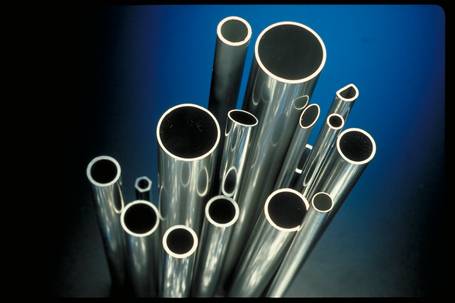So Al Gore has come around on the policy cancer that is ethanol, even as Newt Gingrich decides that telling the truth on this would be politically inconvenient. Yet the great strategist Mr. Gingrich does not see that support for ethanol leaves him completely unable to speak the truth about the booming wind and solar debacles threatening to expand this economic black hole even wider.
That is, unless he wants to look like a certain other candidate defending his own state version of ObamaCare while decrying Obamacare. Not pretty, not conducive to attracting voters.
As Congress considers the booming debt and which programs to nibble at for meager reductions, possibly they should heed Gore’s complaint: “It is not good to have these massive subsidies.”
True. And Gore even specifically noted ‘for first generation’ ideas like corn squeezins. But big ol’ subsidies make even less sense for fully mature technologies, like wind, whose electricity was commercialized 120 years ago (despite the mysticism, romanticism and silly talk of ‘new technology’ shrouding windmills, they’re creaky technology for which any improvements will be at the margins of efficiency. It’s a windmill.)
And now guess what? Windmills have surpassed ethanol’s pocket-pickery.
Someone very smart on these issues who spent many years crunching federal numbers for a living provided me an analysis last week, which others to whom I passed it also signed off on. The analysis shows that under the Obama administration’s ‘green energy’ binge, current demands for taxpayer subsidies and other support to be provided the windmill welfare queens total $8 billion per year.
That is a staggering sum. And one that is a full third higher than ethanol’s $6 billion.
Here are major components, with citations truncated):
1. First year depreciation of 100 percent for wind facilities placed into service before 2012 (and 50 percent deprecation for property placed into service during 2012 (IRC Sec. 48)). The project’s “basis” for the depreciation is adjusted by reducing the basis by 50 percent of the energy credits received by the project:
2. Energy credit options:
- Renewable Energy Production Tax Credit, Sec, 45, (2.1 cents per kW) so long as construction has begun by 12-31-2011; or
- The 30 percent Investment Tax Credit (ITC) under Sec. 1603; or
- The option to receive a cash grant (not reportable as income) from the Treasury instead of using the Sec. 1603 ITC (extended by December 2010 tax deal). The Energy Information Administration has estimated that continuous extension of the Federal tax subsidies would cause wind additions to grow by 8.7 percent per year through 2030.
He wrote, “By January 26, 2011, under the Sec. 1603 grant program alone, Treasury had handed out $5.998 billion in grants since September 1, 2009, the overwhelming dollars going to wind projects. The Obama Administration’s 2012 Budget calls for extension of Sec. 1603 and the 30 percent grant program for one year, so it would apply to all renewable energy projects for which construction has begun by December 31, 2012. [Since the Sec. 1603 tax programs are not capped, I could not find any number associated with the FY 2012 Budget costs in the Administration’s Budget].
Meanwhile, the Department of Energy has been generous with grants for renewable energy proposals. The DOE has asked for an increase of 61 percent in wind program funds and 88 percent increase in solar funding over FY 2011 levels, all part of a $3.2 Billion request (a 44 percent increase over 2011) on the part of the Office of Energy Efficiency and Renewable Energy at DOE. Presumably, most of these funds would go to advanced research rather than project financing.”
As with such black holes, this analysis included the caveat that “It is difficult to calculate the total cost to the Federal taxpayer of the current, un-capped tax subsidies, the generous depreciation rules, and the DOE grant programs”. But
Meanwhile, aspiring president trundle off to Iowa, where wind and solar have craftily set up a major footprint, more aware than the politicos that they are the new ethanol and love for one means you’ve got to love the other. Or be accused of hypocrisy, and also offending the new constituencies in Iowa pulling down wealth transfers and otherwise subsisting on the taxpayer dole.
Gore ahead of Gingrich on a key energy and economic issue sure to be central in the larger 2012 campaign. With no profiles in courage having yet emerged to stand athwart this madness and yell “Stop!”. For energy policy, and spending for that matter, 2012 looks pretty grim.

COMMENTS
Please let us know if you're having issues with commenting.